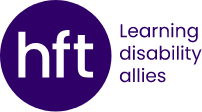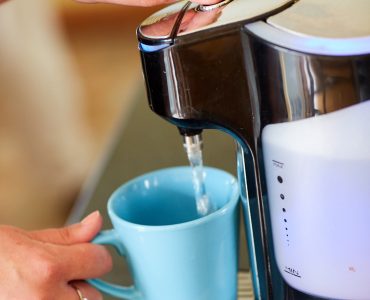Types of Personalised Technology
Personalised Technology (PT) can very quickly demonstrate what can be achieved with the right technology in the right place.
Once people see the benefits that the right technology in the right place brings, they often go on to explore other activities and freedoms they had never previously thought were within reach.
Here are just a few examples of how some of the types of PT available can make a difference:
- Kettles that safely dispense a precise amount of boiling water into a mug.
- For someone who would normally have to wait for a support worker’s assistance before having a cup of tea, this can provide the freedom to enjoy a cuppa whenever the mood takes.
- Wearable devices, with in-built GPS, which can be used to help keep people safe when they are out and about.
- Knowing that a support worker can locate you if you haven’t come home by an expected time can provide the feeling of security that you might need in order to venture out to the shops alone.
- Easy to use mobile phones with large, easy-to-press buttons, along with SOS buttons.
- The reassurance that a support worker is always available at the end of a phone could mean that a sleep-in is no longer required, freeing up part of your personal budget to be used on a more valuable activity.
- Floating thermometers that prevent scalding in the bath.
- While most of us take the freedom to run and enjoy a bath whenever we feel like it for granted, having confidence that the bath temperature is ‘just right’ can give you control of your own washing routine.
- Medication dispensers with audible and visual alerts.
- Learning disabilities often have associated health conditions – and that’s on top of the various ailments that often come with age. So taking the right pills at the right time is vital. Medication dispensers help people who can’t rely on their memory to stay healthy, safe and well.
- Finger print locks for people who have difficulty with keys.
- For someone with a history of forgetting their keys, a fingerprint lock is the perfect solution, providing the independence that comes with being able to come and go as you please.
- Big button communication aids for those who have trouble verbalising.
- If you have problems verbalising your needs, how would you tell a support worker that you wanted to go for a walk? Big button communication aids can be set up to make common phrases just a button press away.
- Bed occupancy sensors that indicate when you have left your bed, or sensors that alert someone that you are having a seizure.
- Remote monitoring can eliminate the need for a support worker being in your house all night, every night, boosting the feeling of independence that comes with not having to rely on someone else being in the next room.





